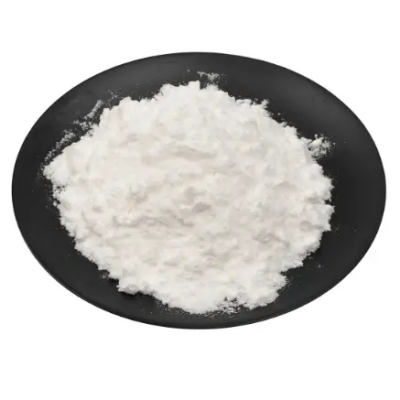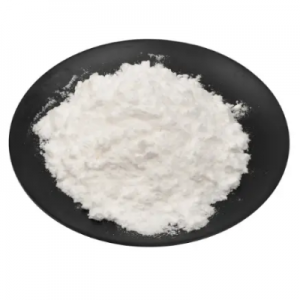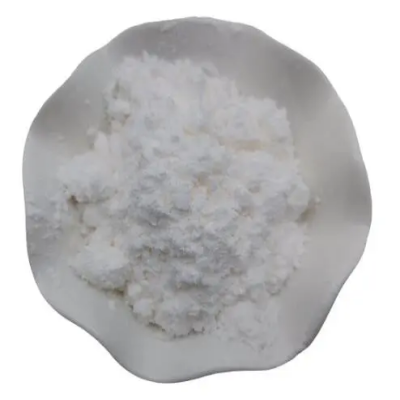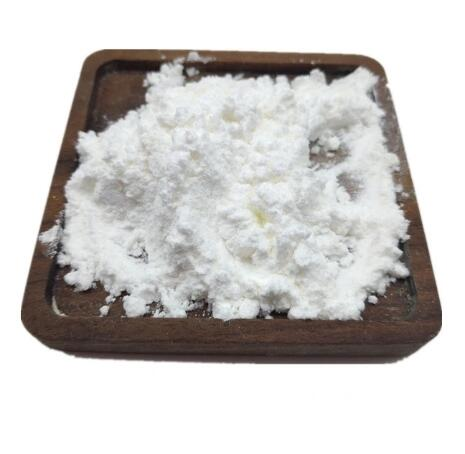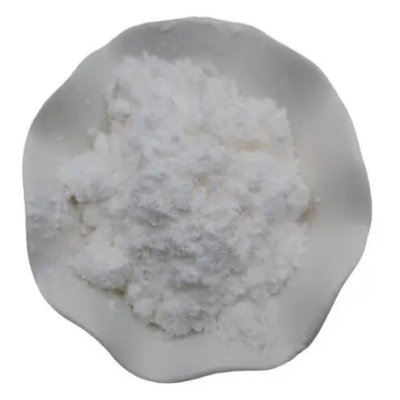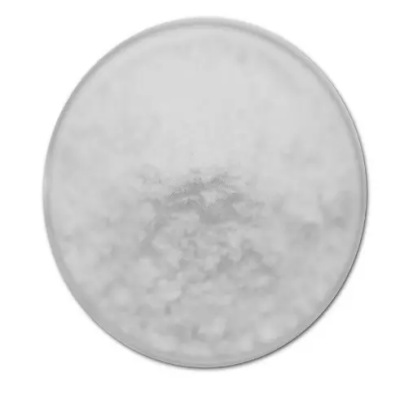3-AMINOPHTHALIC ACID HYDROCHLORIDE CAS:6946-22-1
The structural characteristics of 3-aminophthalic acid hydrochloride are significant: Amine Group: Central to its structure is the amino group attached to the phthalic acid core, crucial for biological interactions and chemical reactivity. Phthalic Acid Core: The core structure consists of a benzene ring fused with two carboxylic acid groups, influencing its electronic properties and chemical behavior. Hydrochloride Salt Form: The presence of the hydrochloride salt enhances water solubility and stability, facilitating its use in aqueous environments and biological assays. Chemical Applications 3-Aminophthalic acid hydrochloride demonstrates broad chemical utility: Organic Synthesis: Acts as a key intermediate in the synthesis of dyes, pigments, and fluorescent compounds due to its aromatic structure and amino functionality. Materials Science: Used in the preparation of functional materials such as polymers and coordination complexes, exploiting its ability to coordinate with metal ions. Biomedical Research: Applied in biochemical assays and drug development studies, leveraging its interactions with biological molecules and its hydrochloride salt form's solubility. Pharmacological Potential Research into its pharmacological properties suggests several potential applications: Antioxidant Properties: The aromatic nature of phthalic acid derivatives often correlates with antioxidant activity, which is beneficial in combating oxidative stress-related diseases. Anti-inflammatory Effects: Amino groups can contribute to anti-inflammatory properties, making it a candidate for therapeutic interventions in inflammatory conditions. Metal Chelation: The ability to chelate metal ions can influence enzymatic activities and cellular processes, potentially impacting disease states. Future Directions Future research directions for 3-aminophthalic acid hydrochloride include: Biochemical Mechanisms: Further elucidating its interactions with biological targets to harness its therapeutic potential effectively. Materials Design: Exploring its role in designing advanced materials with tailored properties for specific applications in electronics, catalysis, and medicine. Toxicological Studies: Conducting comprehensive studies to evaluate its safety profile and potential side effects, ensuring its suitability for biomedical and environmental applications. Conclusion In conclusion, 3-aminophthalic acid hydrochloride is a pivotal compound in organic synthesis and materials science, owing to its unique structural attributes and functional diversity. Its potential in drug discovery, materials design, and biomedical research underscores opportunities for innovation across multiple disciplines. Continued research into its synthesis methodologies, pharmacological effects, and broader applications promises to unlock further capabilities, solidifying its significance in modern chemical research and technological advancement.



| Composition | C8H8ClNO4 |
| Assay | 99% |
| Appearance | white powder |
| CAS No. | 6946-22-1 |
| Packing | Small and bulk |
| Shelf Life | 2 years |
| Storage | Store in cool and dry area |
| Certification | ISO. |


